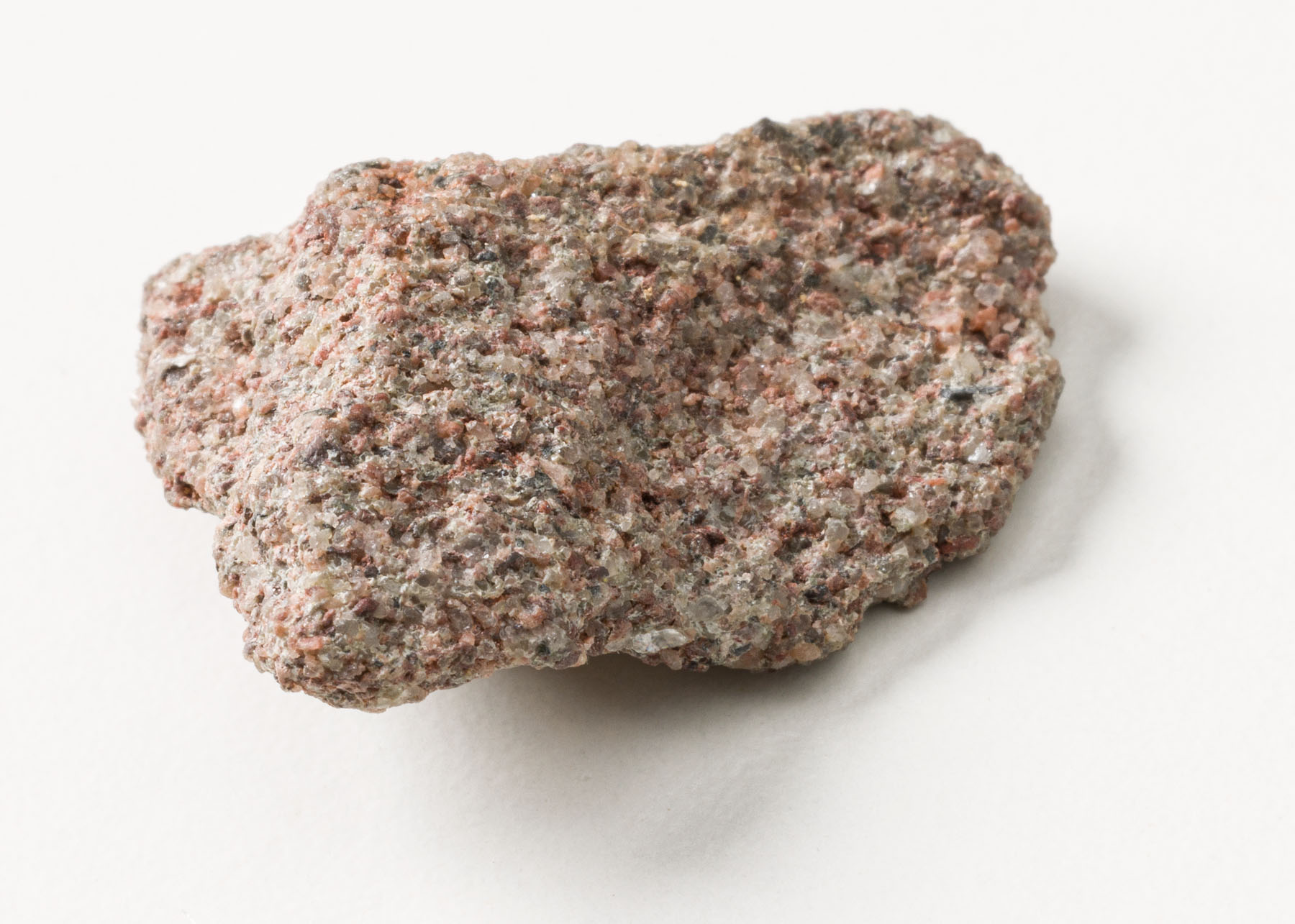Photo: fragment of Stone of Destiny now in Australia (c) Queensland Museum. Further details below
This blog provides a little key information behind the news stories that have been widely published in the media on 17 and 23 January 2025.
I am in the midst of publishing research that relates to tiny fragments that I discovered exist of the Stone of Destiny: the Stone in Perth has some parts missing. In one sense this is not a surprise if you look at the Stone and consider its centuries of visible ‘battle scars’, all of which have resulted in physical changes, and hence ‘loss’ from the original block of Perthshire sandstone (the addition of iron fittings etc). But I am referring here to the generation of fragments of the Stone since 1838. The origin of such fragments is extremely diverse (includes 19th-century geological samples) and the current fate of many is not known. My early thoughts on the fragments, as I started to discover them and appreciate their significance, are here. I have since discovered that 34 fragments were created when the Stone was repaired in Bearsden (outskirts of Glasgow) in 1951. They were collected by Bertie Gray, who later styled himself as the man who repaired the Stone, see here. Gray was a monumental sculptor, leading Glasgow Liberal politician and the right-hand man to leader John MacCormick in the Scottish Covenant Association.
The Stone had broken into two large parts along a historic crack when it was removed from the Coronation Chair in the early hours of Christmas morning 1950. Returning to Scotland in two parts, separately, and then hidden apart for three months, the people masterminding its care decided they needed to return it to the authorities. Before doing so (in early April 1951) they repaired the Stone. The repair process is described in detail in two sources, but it involved drilling holes (using a mallet and steel drill) into which bronze dowels could be inserted to join the weighty parts (three dowels are visible in X-rays of the Stone). The gap was filled in with a cement mixture.
This process created particles of sandstone and fragments. Bertie Gray’s foreman mason conjoined the parts, and he himself ‘put the final touches on the Stone’. Around a month later, he told how, ‘When the Stone was being repaired, a number of chips had to be taken off in order to fit the two pieces properly and smoothly together. These will be, later precious relics, carefully numbered and recorded to prevent a flood of fakes’ (Calgary Herald 25 April 1951).
The Canadian journalist, Dick Sanburn, expressed his pride in owning ‘the tiny chip numbered 25’.
I have discovered another source that suggests the total number of fragments that Gray collected was 34.
During a sleepless night on 21 January, I had a eureka moment and joined the dots. In April 2023 Historic Environment Scotland announced that they had first documented that ‘xxxv’ was lightly scratched on the underside of the Stone of Destiny (example of HES reporting here). Senior Stone Conservator Olga Marzantowicz, with her keen eye for detail, had made the discovery while carrying out a condition assessment with her colleague Colin Muir. The HES Digital Documentation team, specifically David Vacas Madrid, then used its 3D laser scanning skills to make the tiny bit of graffiti more visible. You can see their work for yourself if you look at the HES Sketchfab model of the Stone, at point 6 (see also Historic Environment Scotland 2024b).
The HES discovery led to media speculation as to what this inscription might mean, and its age. While I cannot prove it, I believe Gray, having gathered the 34 fragments, applied ‘xxxv’ while he undertook his ‘finishing touches’ to the Stone’s repair: 34 fragments plus one = 35. He used Roman numerals because these are easier to scratch into stone. He had the the rare and almost unique opportunity to access the underside of the Stone, he had the means, he had the sense of humour, and the number 35 would really only have been meaningful and significant to him.
Between 1951 and 1974 Gray distributed the fragments, often with an accompanying letter of certification (example below). I have tracked the story and current location of some of the 34 but, as the media have reported, am seeking to complete as much of that story as possible. Each of the fragments has a fascinating story of its own to tell, as well as to contribute to the overall story and significance of the Stone. Members of the public are kindly already filling the gaps in quite fantastic ways, see here.

This picture of a fragment that Bertie Gray gave to a passing Australian tourist in 1955 gives you a good sense of the efforts that he went to in terms of authenticating his gifts of pieces of the Stone, as well as their scale. He wanted there to be pieces of the Stone in every landmass in the world. H2400.1-3 (c) Queensland Museum, photographer Peter Waddington, per Dr Liz Bissell.
In addition to a publication on fragments and other publications on the contemporary authenticity and social value of the Stone, I am preparing an article that centres on Bertie Gray and his role with Stone fragments and replicas. I hope to secure further research funding to research the new stories of the fragments that are emerging from public responses.
These discoveries happened during the course of a British Academy / Leverhulme Trust Senior Research Fellowship and a related Small Grant. For fuller acknowledgements in relation to the Authenticity’s Child research, please see here.

